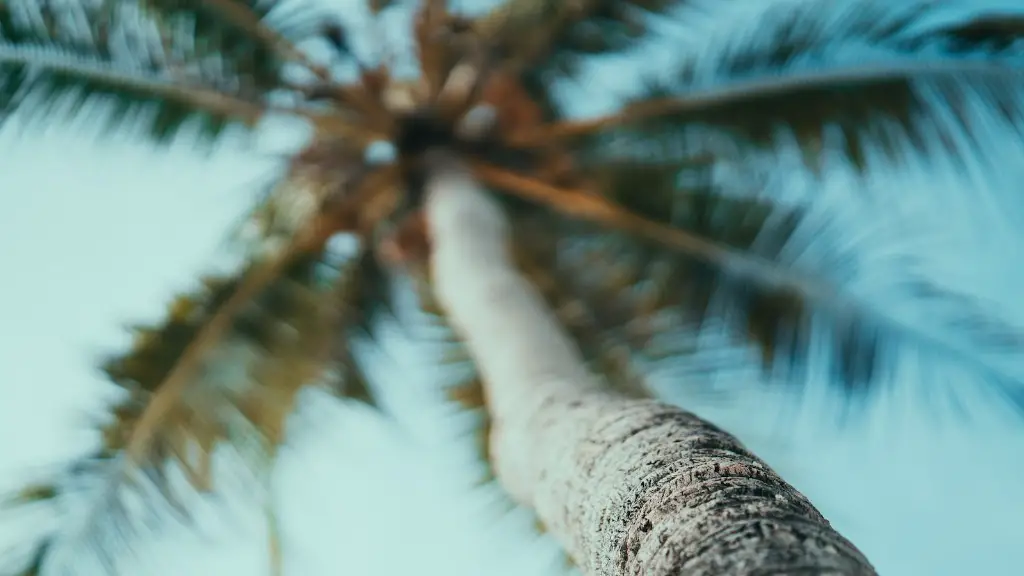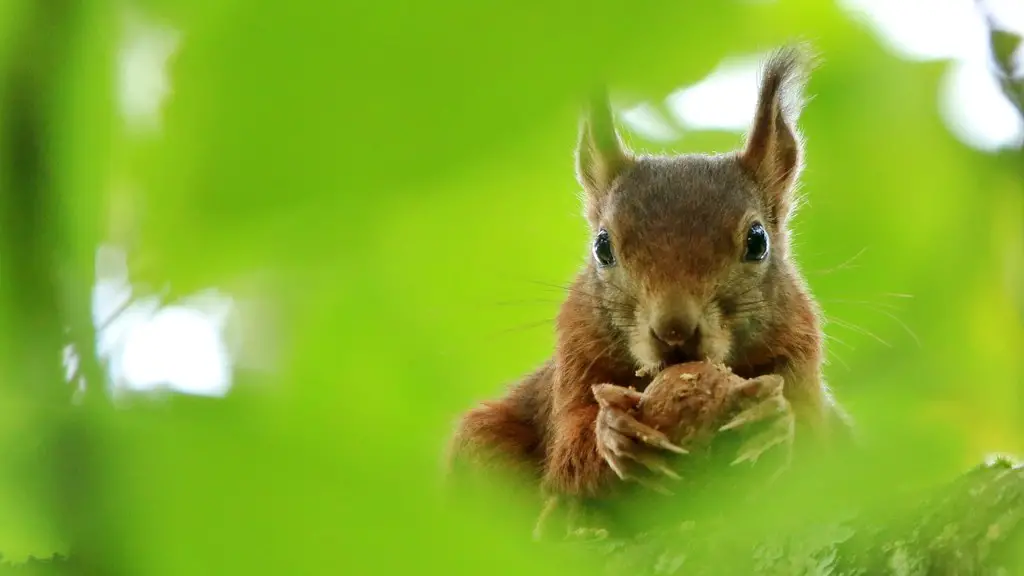Beginning Steps
Painting a palm tree silhouette can be a daunting but fun activity. The essential steps need to be taken before even picking up a brush. First, measure the width and height of the wall space where the image will go. This makes it easier to create a scale library image which will help with painting accuracy. Additionally, the color scheme needs to be finalized. Depending on the space, one must decide if the painting will be monochromatic, complementary, or analogous. Knowing what colors will be used up front, makes the painting process much smoother.
Choosing the Image and Prepping the Wall
Once the measurements and colors have been determined, the image can be chosen from a library or taken from a photograph. If one opts for a library image, make sure to get the proper permission and credit the original artist. Afterwards it’s important to size the image on the scale grid created to ensure proper sizing on the wall. After the scaling has been finalized, the wall needs to be prepped by spackling any nails, holes, cracks, and smoothing out any inconsistencies in the wall’s surface.
Taping it Off
After prepping the wall, the next step is taping off the area where the painting will go. It is helpful to use a level to ensure that the lines created by the tape are consistent and straight. After taping, lightly trace the image of the tree onto the wall with a pencil. This does not have to be exact as the pencil lines will be covered up by paint anyways.
Painting the Outline
Once the tracing process is complete, painting the outline of the tree can begin. It’s important to use a small brush or paint pen for this step to make sure the lines are defined and precise. If any erasing or editing needs to be done, select a paint that can easily be covered up or removed.
Filling in the Colors
The next step ones to paint in the trunk of the tree using a wide brush. This is the perfect time to go back and adjust any mistakes made in taping or painting the outline. To make the painting come to life, add the background colors that were chosen initially. One can add texture and shading through the use of darker and lighter hues – taking inspiration from the shape of the tree.
Adding the Details
The details of the painting can be added using a small brush. If a monochromatic painting is being achieved, more detail can be added to the tree with different shades of the chosen paint color. For a more colorful abstract piece, the additional details can come from abstract shapes and shadows. To achieve a realistic tree painting, it is important to keep the details minimal and subtle.
Finishing Touches
To finalize the painting process, one can go in with a small brush and white paint to add highlights. Just like dark hues bring shadows in the painting, white paint brings in the highlights. These highlights should be added to the areas where the most light would be hitting such as the tips of leaves, tops of branches, and beneath leaf clusters.
Protection and Care
After the painting is completed and one is happy with the results, several layers of protective coat need to be applied. A matte sealer will protect the painting from dust, dirt, and fading. Additionally, a sealer keeps the colors vibrant and helps prevent chipping. To ensure the life of the painting, clean it with a soft dry cloth that is not treated with any cleaners or oils.
Varnishing
Varnishing is up to personal preference but it is important to note that the varnish seals and protects the painting from future fading and damage. The varnish should be applied when the protective coat is completely dry, about 2 days later. Utilizing a varnish brush, brush one thin layer onto the painting and allow it to dry for up to 2 days before coating it again with another layer.
Different Options for Different Textures
One traditional way to paint a palm tree silhouette is with acrylic paint or spray paint. However, there are alternative ways to achieve the same look through different textures. For example, one may use watercolors or finger painting to bring the palm tree silhouette to life. To do this, first a library image or photograph should be chosen, then lightly trace it onto watercolor paper with graphite. After this, start blending the colors to bring the painting to life.
Experiment and Have Fun
Painting a palm tree silhouette can be a daunting task but with the correct tools and guidance it does not have to be an intimidating process. One can have fun experimenting with colors, textures, and detail. Overall, the best way to paint the palm tree silhouette is with practice, patience, and a little bit of creativity.
Gathering Materials Beforehand
Having the necessary materials on hand is always a crucial step when beginning a new painting. According to painting professionals, some of the fundamental materials to have are a level, measuring tape, spackle, small and large brushes, library image or photograph, paint, paint pens, protective coat, and a varnish. Begin the painting process with all necessary materials in one’s arsenal.
Gaining Inspiration From Nature
Although one may be tempted to copy an image from a library, Nature can also be a great source of inspiration. Taking an outdoor trip and observing the different shapes and colors of the trees, can help inspire new styles of painting palmetto trees. When observing Nature’s colors and silhouettes, one can become inspired to add a unique twist to the painting.
Alternate Painting Techniques
Apart from the usual paint brush techniques, one can add a unique flavor to the painting by trying out alternate techniques. Experienced painters suggest experimenting with sponging for the lush palm leaves and incorporating splatter paint for a fun and creative look. Using these fun techniques can make the painting process more dynamic and enjoyable.
Researching Before Starting an Art Piece
One final tip that any painter would give is to do research before starting a painting. Gathering knowledge of materials and techniques beforehand can help enhance the painting process and maximize the results. Having an understanding of different painting styles and taking inspiration from other artist’s work can help one hone in on the painting style they want to achieve.



